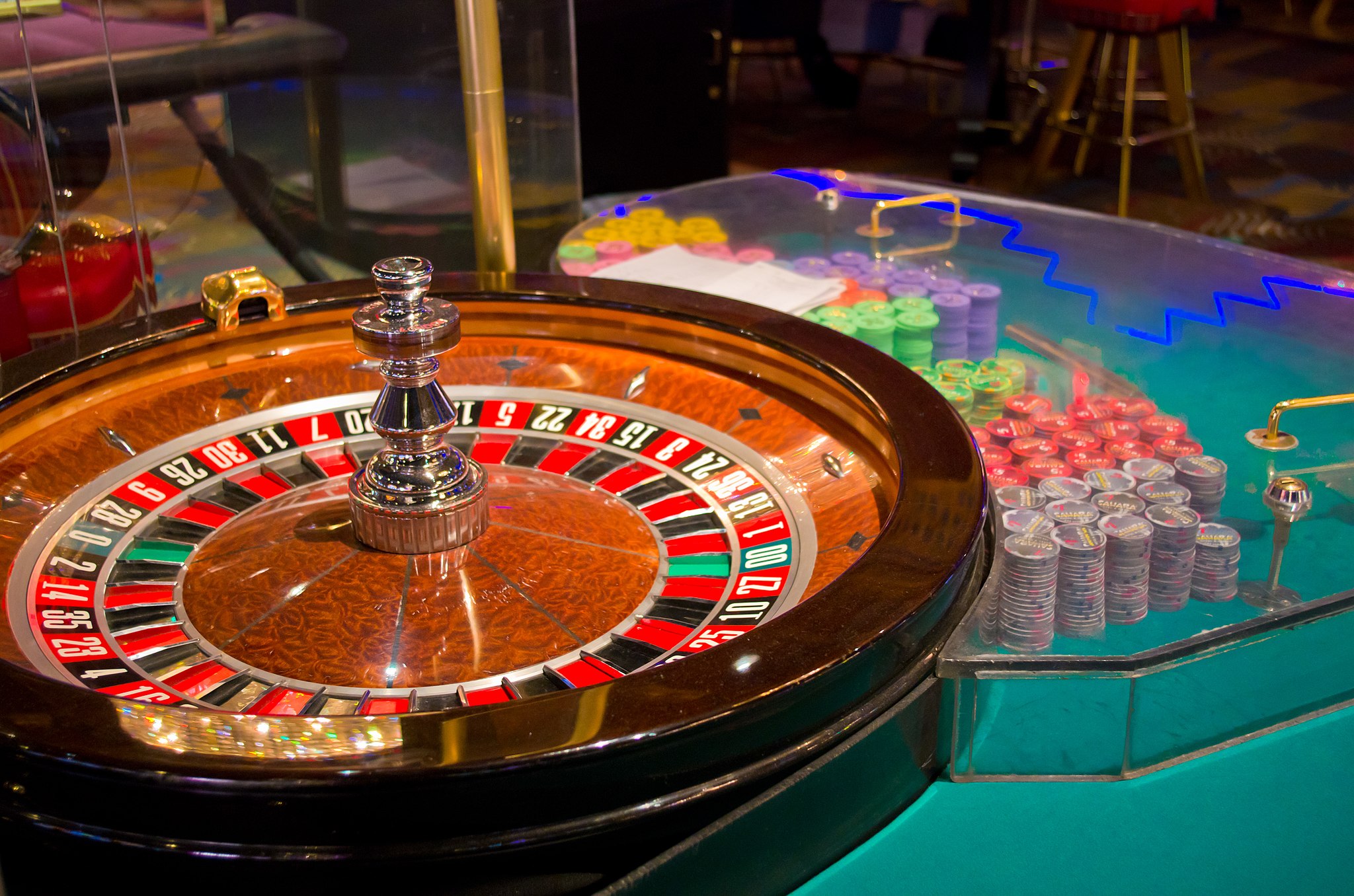The fascinating Psychology That drives Casino Game Design
Casino games have long captivated the human imagination, drawing participants into a universe filled with chance, planning, and the allure of excitement. Each activity is carefully crafted not just for entertainment, but also to inspire targeted emotional responses that keep players engaged and invested. Understanding the drives behind these designs reveals much about how human psychology plays a key role in the gaming experience.

From the dazzling lights and dynamic sounds to the sophisticated layering of guidelines and rewards, casino games are designed to create an atmosphere of anticipation and expectation. Game designers leverage behavioral strategies to influence participant behavior, whether through the use of jackpots, near-miss scenarios, or social connections. By examining these elements, we can better appreciate how casino games fulfill not just a desire for entertainment, but more profound psychological needs for thrill and uncertainty.
Comprehending Gamer Behavior
Casino games are designed with a profound comprehension of player psychology, which is vital for attracting and retaining players. The excitement of the game, combined with the anticipation of winning, establishes a powerful draw. Game designers make use of elements like audio cues, dynamic graphics, and captivating gameplay to capture attention and evoke emotional responses. These sensory effects enhance the immersive experience, making players feel more attached in the game.
Another notable aspect of player behavior is the notion of risk/reward dynamics. Casino games often weigh high-risk scenarios with the potential for significant rewards, which can cause the occurrence known as near-miss effect. When players come within reach to winning, the brain secretes dopamine, reinforcing their behavior and encouraging them to continue playing in pursuit of that elusive win. 78WIN đăng nhập This cycle of hope and frustration plays a key role in how games are constructed and advertised.
Lastly, social elements also play a pivotal role in player behavior at casinos. Many games are crafted to be played in teams or in company with other players, creating a sense of community and collective experience. The social interaction inherent in games like baccarat enhances enjoyment and can culminate in prolonged gaming periods. Designers leverage on this by crafting environments that prompt players to linger, interact, and come back, making the overall casino experience more appealing.
The Role of Imagery and Sound
Imagery and sound play a significant role in improving the player’s experience within gambling games. Designers utilize bright colors, eye-catching graphics, and engaging animations to attract gambler's attention and maintain their interest. The use of themes, such as exploration or luxury, helps create an immersive atmosphere that transports players into a different world. By appealing to the senses, these elements add to a intensified emotional response, prompting players to engage more deeply with the games.
Audio design is just as important in enhancing the overall experience of casino games. The combination of ambient music, audio effects for winning combinations, and environmental noises creates an auditory landscape that holds players fascinated. Sounds associated with victories, such as ringing bells or celebratory music, evoke feelings of excitement and reward, encouraging players to continue playing. These sound cues are carefully placed to amplify the thrill of the game and create a more immersive experience.
Additionally, the alignment of visuals and sound is crucial for reinforcing the game's overall theme and atmosphere. Each element should coordinate seamlessly to create a cohesive experience that pulls players in. https://78win1.dev The effective use of this synergy not only enhances user enjoyment but also increases the likelihood of repeat play, as players become more invested in the immersive world that the casino games offer. This thoughtful integration of visuals and audio ultimately enhances player engagement and loyalty.
Reward Systems and Engagement
The development of casino experiences greatly relies on reward structures to keep participants involved and coming back for more. These systems are rooted in behavioral principles that exploit human behavior and desire. Participants are often motivated by the excitement of success, which is reinforced by instant feedback through the game's mechanics. This prompt satisfaction not only improves the overall experience but also cultivates a feeling of success, encouraging players to keep participating in hopes of greater gains.
Gaming establishments implement various reward structures, such as large payouts, bonuses, and multipliers, to captivate players. These elements create a layer of thrill that sustains engagement. Additionally, the randomness of outcomes plays a crucial role in sustaining attention. The intermittent reinforcement schedule, where wins are unpredictable but occur often enough, keeps participants on edge and driven to keep playing. This loop of hope and anticipation is essential to the success of casino games.
Moreover, social elements, such as competitive events and collaborative options, boost the participation factor by tapping into the desire to compete of players. The shared experience of playing with others can intensify the thrill of success and create a community atmosphere within the gaming space. By integrating these social dynamics with efficient reward systems, casino games not only provide fun but also nurture a deeper bond among participants, solidifying their loyalty to the gaming experience.
